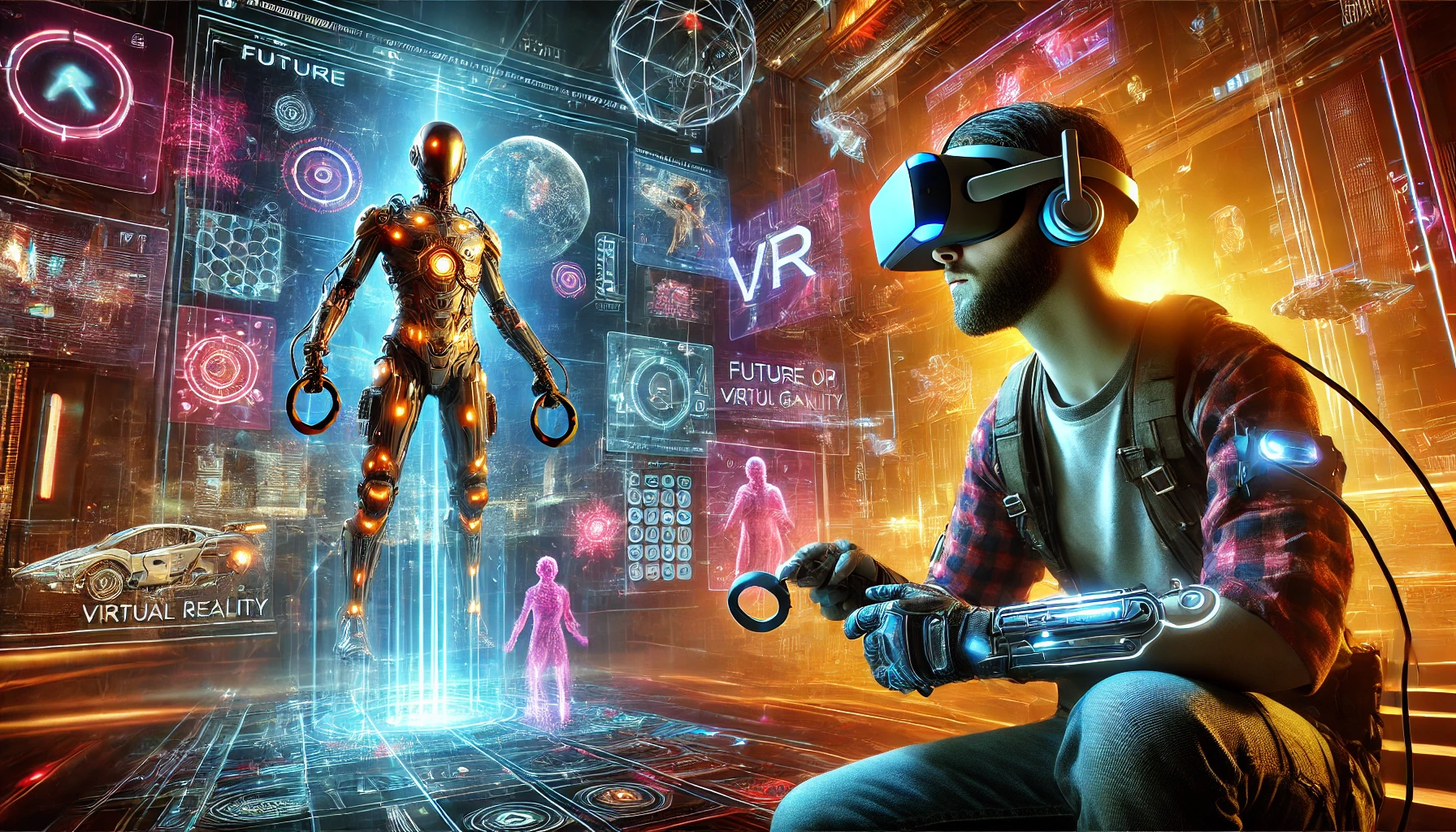
The Evolution of Immersive VR
In the early days, VR systems were bulky, expensive, and limited in their capabilities. Early adopters were often constrained by pixelated graphics, latency issues, and restricted mobility. However, with advancements in computing power, graphics processing, and haptic technology, today’s VR experiences have become more immersive, realistic, and accessible than ever before. Cutting-edge headsets, such as the Meta Quest and Valve Index, now deliver high-definition visuals, spatial audio, and seamless interactions that transport users into entirely new dimensions.
Pushing the Boundaries of Reality
Immersive VR worlds are not just about creating visually stunning environments; they’re about fostering engagement and interaction. Developers are integrating lifelike NPCs (non-playable characters) powered by AI to enhance storytelling and gameplay. These characters respond dynamically to user actions, making each experience unique. Additionally, innovations like full-body tracking, motion-sensing controllers, and tactile feedback systems allow users to interact with virtual spaces in unprecedented ways, blurring the lines between the digital and physical worlds.
Applications Beyond Gaming
While gaming has been a primary driver of VR adoption, its applications extend far beyond entertainment. In education, VR is enabling immersive learning experiences, such as virtual field trips to historical landmarks or hands-on medical training in simulated operating rooms. In healthcare, VR is being used for pain management, physical therapy, and treating phobias through exposure therapy. Similarly, industries like architecture, real estate, and retail are leveraging VR to create interactive 3D models, virtual tours, and engaging shopping experiences.
The Role of AI in Shaping VR Worlds
Artificial intelligence is a key enabler of the next generation of VR worlds. AI-powered algorithms enhance environment design, improve character interactions, and personalize user experiences. For instance, AI can generate vast, procedurally created landscapes that adapt to user preferences or actions. Additionally, machine learning models analyze user behavior to create more engaging and intuitive interfaces, ensuring that VR worlds remain dynamic and ever-evolving.
Challenges on the Horizon
Despite the progress, immersive VR still faces challenges. Hardware costs, motion sickness, and the need for powerful computing resources remain barriers to widespread adoption. Moreover, ethical concerns around data privacy and user safety in virtual environments must be addressed. Developers and policymakers must work together to create guidelines that ensure VR technology is both inclusive and secure.
The Future of VR Worlds
The next frontier in immersive VR worlds promises endless possibilities. As technology continues to advance, we can expect hyper-realistic graphics, multi-sensory feedback systems, and even neural interfaces that allow users to control virtual experiences with their thoughts. With the integration of augmented reality (AR), the line between VR and the physical world will blur even further, creating a hybrid reality that redefines how we live, work, and play.
